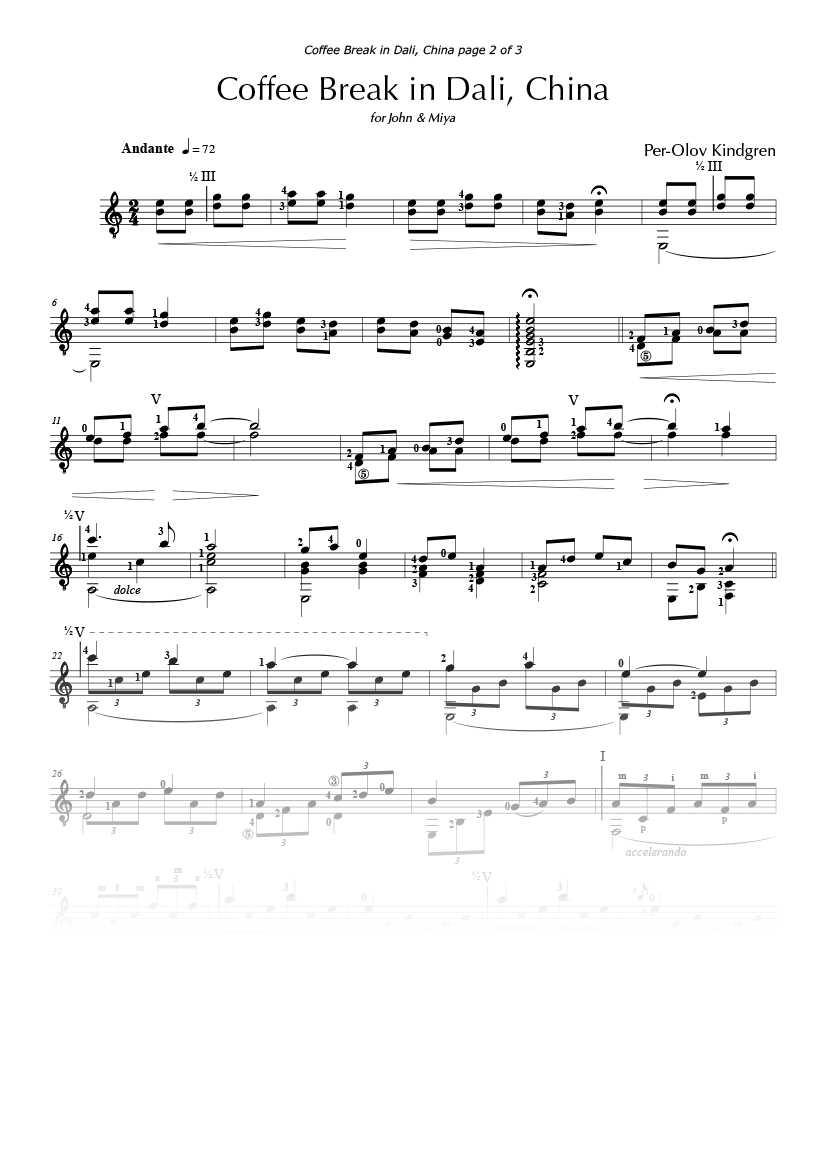

This layer will be for our lighting controller object, so go ahead and name the layer " Lighting" now (note that there is no need to repeat this for the room rSand as it will inherit the layer automatically): To start with, you need to open up the room editor for the room rGrass, and then add a new instance layer. Once you have it imported the project into GMS2, run it and make sure it works and that you have an idea of how it is all put together.

If you prefer to use DnD™ to make your games, we have a companion article for you here. NOTE: This tutorial is for people that use GML. Also for the sake of simplicity, we'll be basing this tutorial on the YoYo Platformer Demo, which you can get from the following link: By simple, we mean that these lights won't be able to cast shadows, but they will provide the cover of darkness along with areas of brightness, and can give a nice effect and are easy to modify so that they flicker (for example). The project aims to combine area expertise with theoretically and methodologically innovative perspective, with possible outreach to policy makers, students and general public.Today's coffee-break tutorial is going to be about adding some very simple lighting effects to your games using surfaces. The workshop seeks to initiate a collaborative research in CCP’s ideology, propaganda and political discourse as important means to forge political, social and cultural order in the PRC during the Xi Jinping’s era. Yet, while there is an agreement in the scholarly community on the prominence of ideology, propaganda and political discourse in virtually all aspects of life in contemporary China, there is also a lack of sufficient research in these topics. With growing assertiveness, China has also been claiming its international right of discourse to articulate its position and aspirations in global affairs. The party-state has also adapted to new political, social, and technological realities in media landscape, and has developed strategies to manage the transformed media for consensus and persuasion (Zhang 2011). Updated market-friendly, scientific, high-tech and politics-lite propaganda continues to serve the CCP to propagate its official discourse and to exclude from public realm alternate actors, and remains to be a pervasive factor in the relationship between the party-state and society (Brady 2012, Edney 2014). Through meticulously devised and controlled language use and discursive practice, the party-state aims to manage the complex ongoing transformations in China’s politics, society, culture, and other realms (Link 2013, Cao, Tian, Chilton eds.

In what has been termed the new governing party paradigm, despite the more pragmatic and rationalized policy agenda in recent decades, ideology remains at the heart of its political system and enables the CCP to legitimize its rule, to formulate policy, and to offer an outlook on an ideal society (Heath 2014, Guo 2013). The party’s hold on the state and society appears to have further strengthened following the assumption of power by Xi Jinping and the fifth generation leadership in November 2012. There is a general consensus that the PRC continues to function as a Leninist party‑state, and that although the CCP has vacated many segments of public life it had previously controlled, simultaneously its internal reforms and adaptation to new realities have for now been sufficient to sustain it firmly in power (Shambaugh 2008, Gore 2010, McGregor 2012, Callick 2013, Brown 2014, Lampton 2014, Wright 2015 and others). Past years have brought resurgence of scholarly interest in the rule of the Chinese Communist Party, and having thus reevaluated the previously valid framework of “the coming collapse of the Chinese party-state” in observing contemporary politics in the People’s Republic of China.


 0 kommentar(er)
0 kommentar(er)
